Fast food prices have skyrocketed, making once-affordable meals feel like luxury items. FinanceBuzz reports that chains like McDonald’s, Popeyes, and Taco Bell have all seen significant price increases.
The Bureau of Labor Statistics states that these price hikes are climbing faster than grocery prices, adding to the financial strain on consumers who used to rely on fast food for its affordability.
Survey Highlights Impact on Consumers
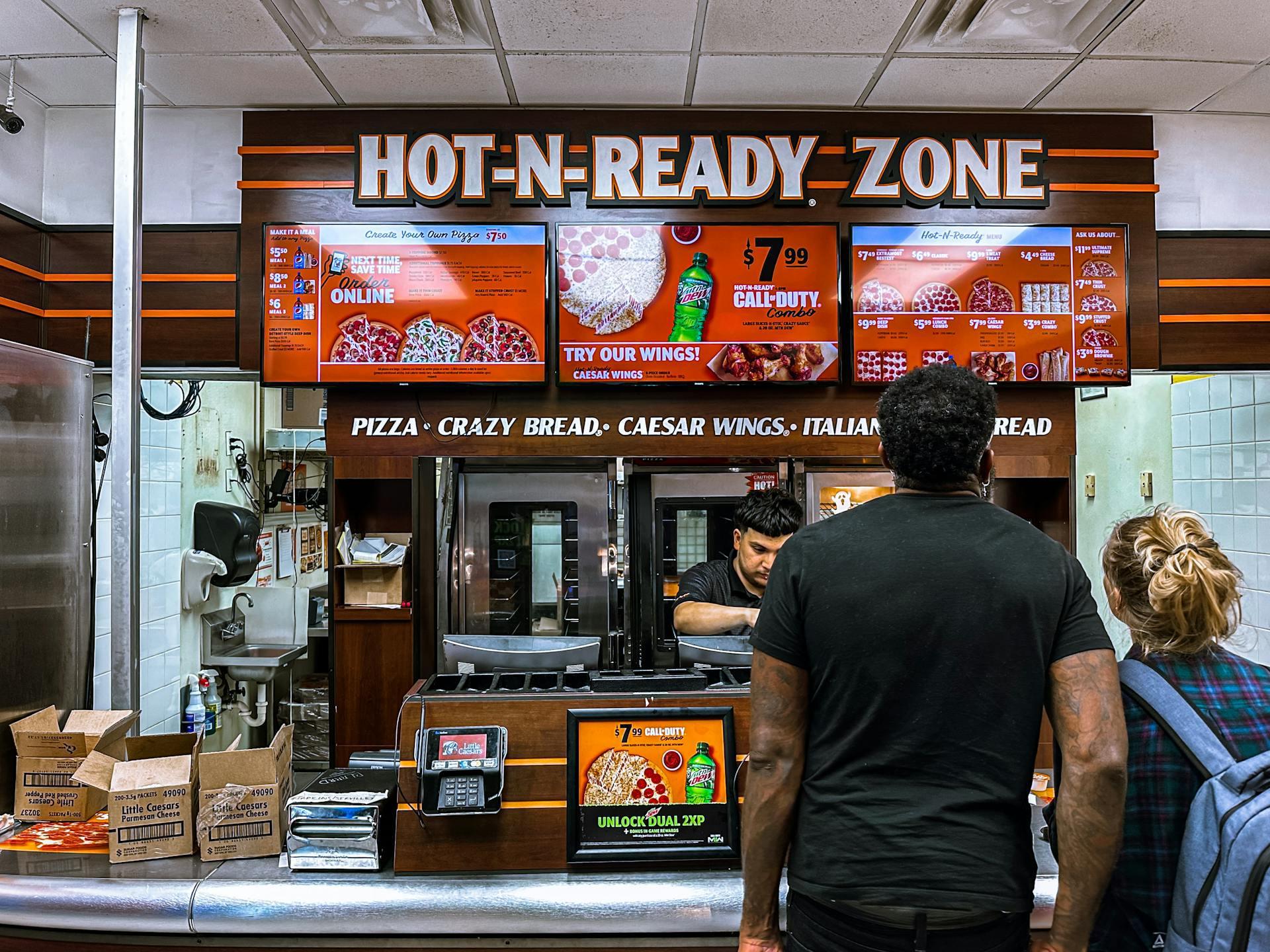
A LendingTree survey found that nearly 80% of Americans now view fast food as a luxury. Over 60% have cut back on fast food due to high prices.
This trend is particularly strong among those earning less than $30,000 a year, who are finding it harder to justify the expense as they struggle to manage their finances amid rising living costs.
McDonald’s Prices Double

McDonald’s Big Mac, a fast food icon, now costs over $8, compared to less than $4 a few years ago. This represents a more than 100% increase since 2014.
Such steep price hikes have contributed to the perception of fast food as a luxury, pushing consumers to rethink their dining choices and cut back on what was once a quick and affordable option.
Price Hikes at Other Chains
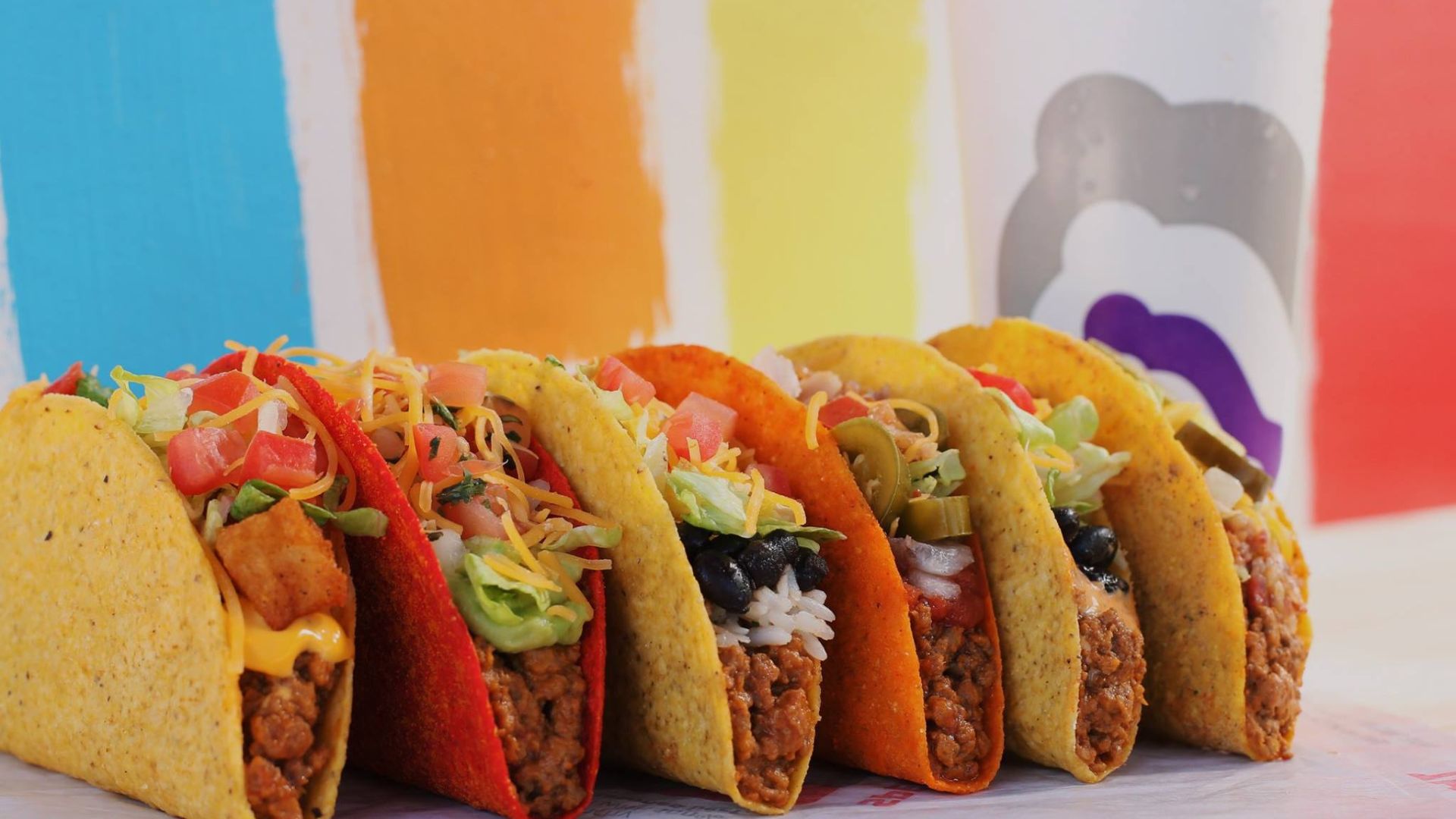
It’s not just McDonald’s feeling the pinch. Popeyes has seen its prices jump by 86%, and Taco Bell’s prices have increased by over 80%. Even Subway has abandoned its famous $5 foot-long deal.
These increases are making fast food less accessible, forcing consumers to treat it as an occasional indulgence rather than a regular meal option.
Inflation Outpaces Grocery Prices
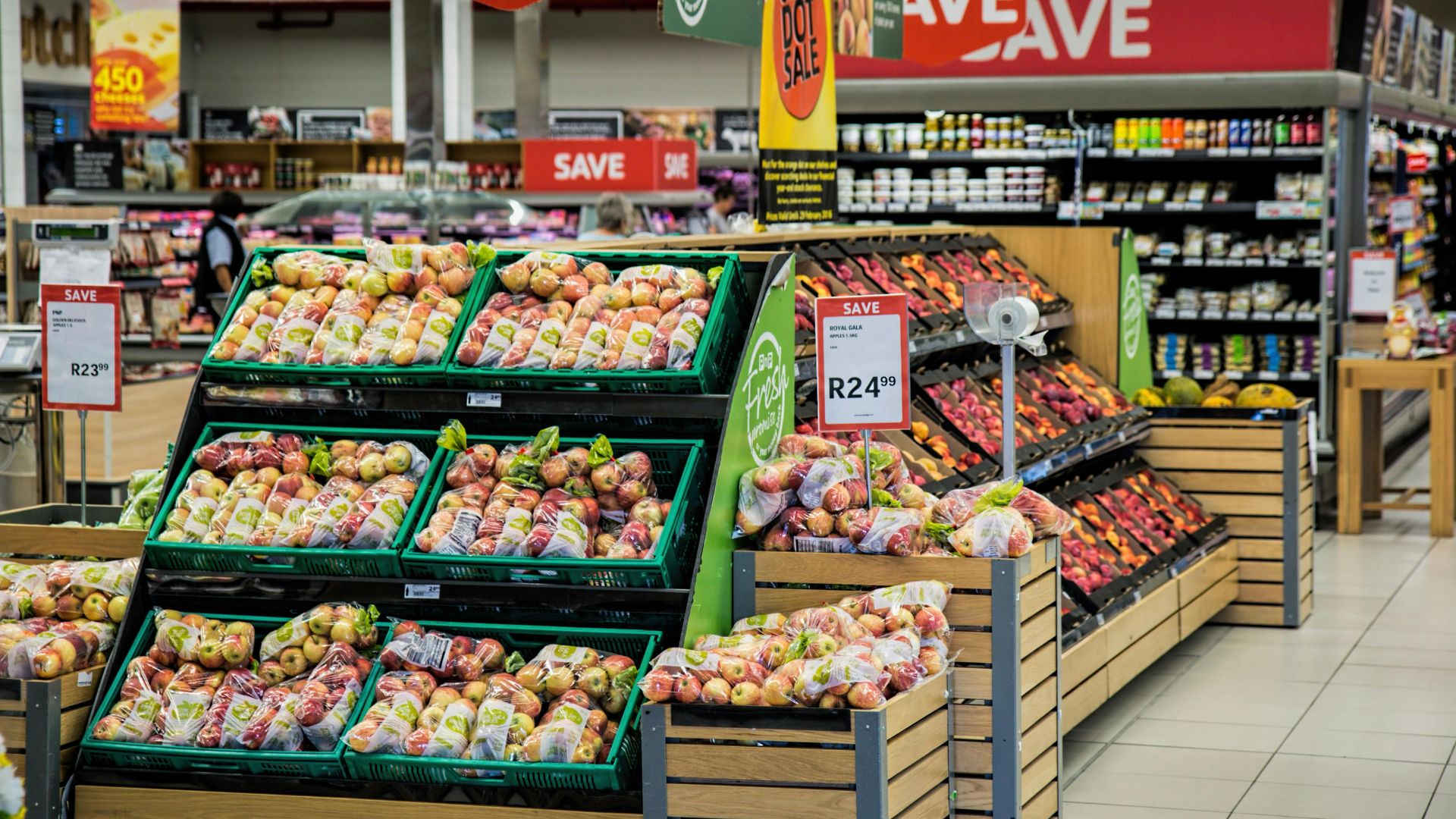
Fast food prices have climbed even faster than grocery prices, according to the Bureau of Labor Statistics. This rapid increase in cost is adding pressure to consumers who are already dealing with general inflation.
As a result, many are finding it more economical to prepare meals at home, further changing the role fast food plays in their lives.
Financial Struggles Drive Changes

Financial difficulties are driving many to see fast food as an indulgence. A significant number of those surveyed by LendingTree have cut back on their fast food consumption.
This trend is most pronounced among individuals making less than $30,000 a year, who are forced to prioritize essential expenses over dining out.
Rising Costs of Eating Out

Since President Biden took office, the cost of eating out has increased by 22%. Inflation is a major factor in these rising costs, affecting the affordability of dining out.
For many consumers, the increase in prices has made fast food an occasional treat rather than a regular part of their diet, reshaping eating habits across the country.
Minimum Wage Increases
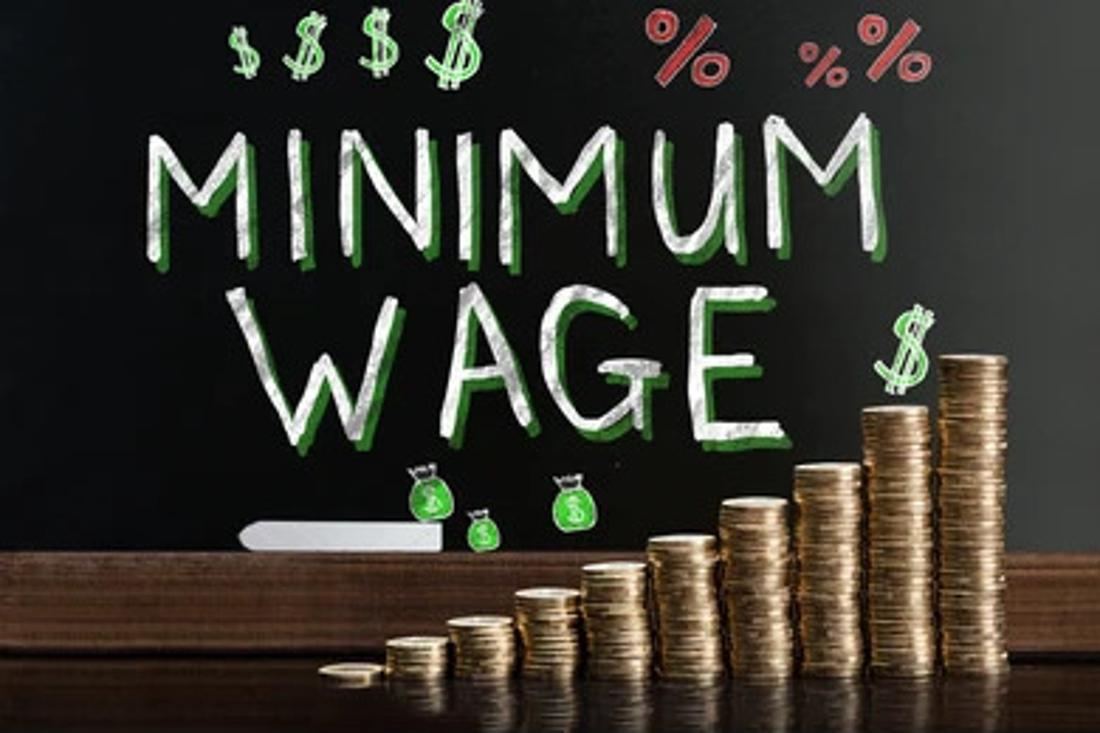
Minimum wage hikes in states like California have also contributed to rising fast food prices. In California, the minimum wage has risen from $16 to $20 an hour.
While this aims to support workers, it has led to increased labor costs for fast food chains, which in turn pass these costs onto consumers through higher menu prices.
Automation in Fast Food
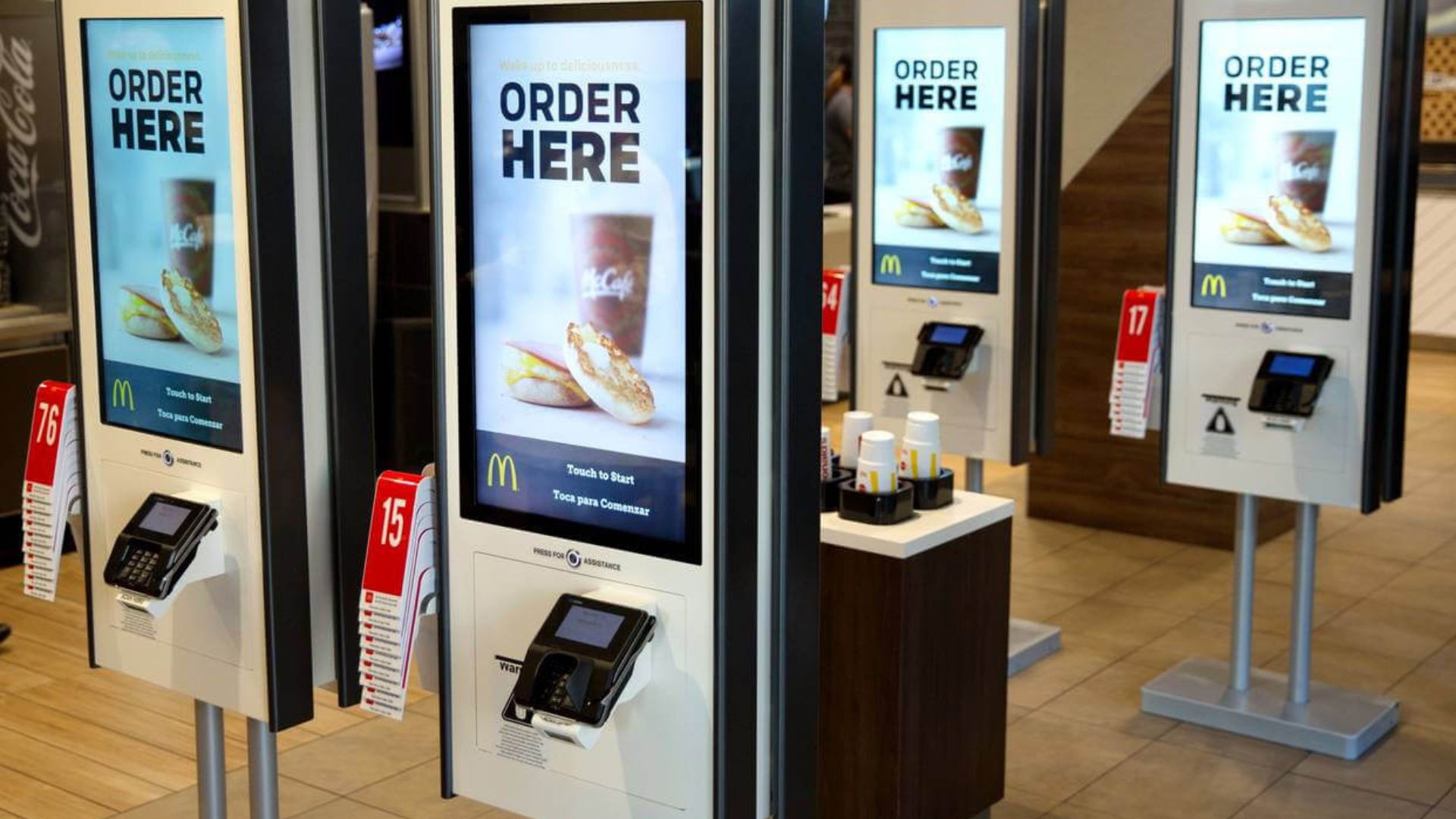
To cope with rising costs, many fast food chains are turning to automation. Robotic technology is becoming more common, with kiosks and robotic food preparation already in use.
This trend is likely to grow, potentially reducing labor costs but also changing the customer experience in fast food restaurants.
Consumer Price Index Trends

Recent data from the consumer price index (CPI) shows a 0.3% increase in April 2024, the third consecutive month of rising inflation. This contrasts with the second half of 2023 when inflation was below 3%.
These ongoing inflationary pressures continue to impact consumers, making fast food increasingly costly and less frequent a choice for many.
Fast Food as a Luxury
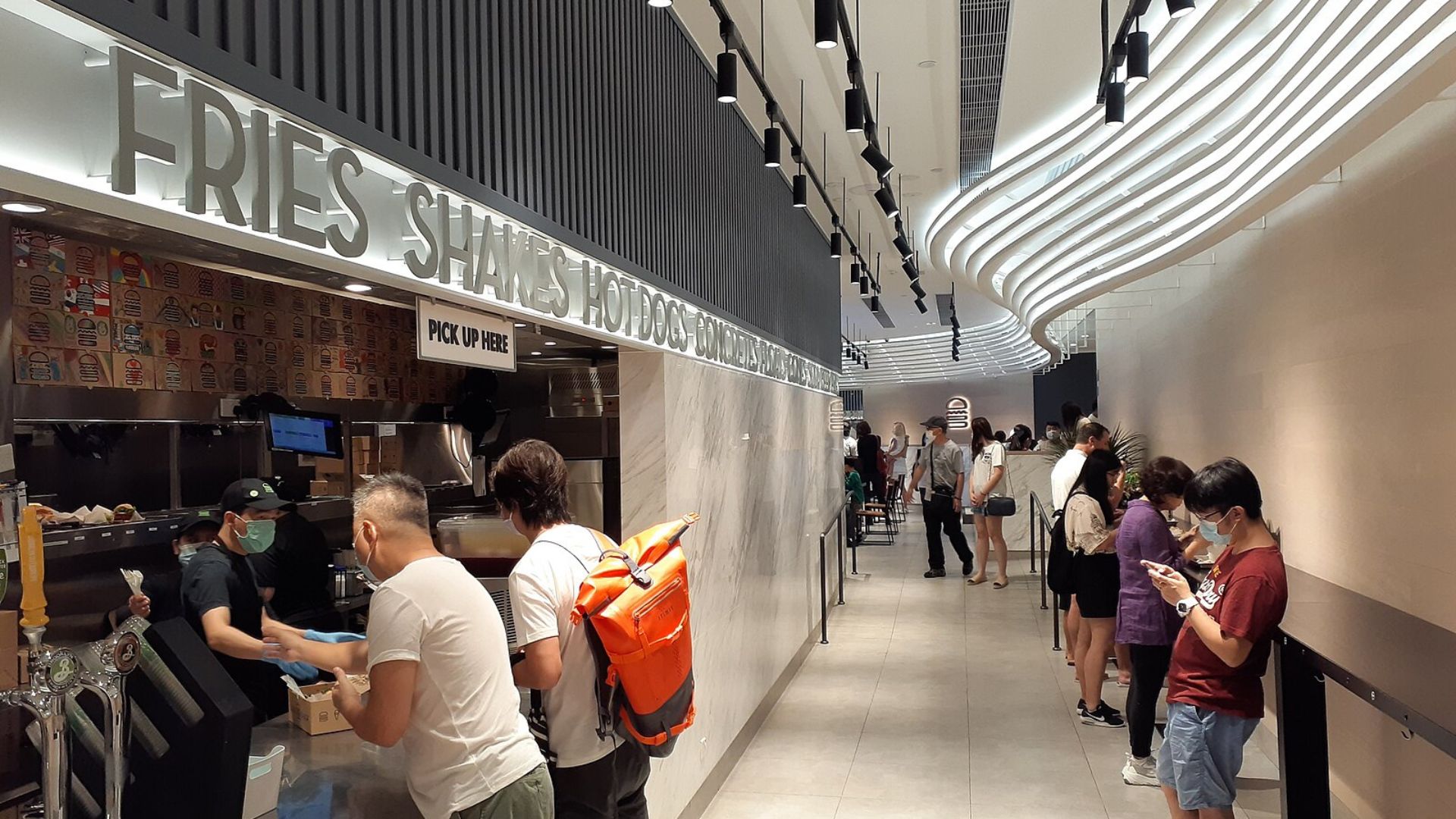
The perception of fast food as a luxury highlights broader economic challenges. High prices and financial struggles are driving changes in consumer behavior.
For many, fast food has shifted from a convenient staple to an occasional indulgence, reflecting the broader impact of inflation and rising costs on daily life.
The Future of Fast Food

As prices continue to rise, the fast food industry is likely to see more changes. Automation may become more prevalent, and consumers may continue to cut back on fast food purchases.
The future of fast food will depend on how these trends evolve, with affordability and convenience remaining key factors in consumer choices.


